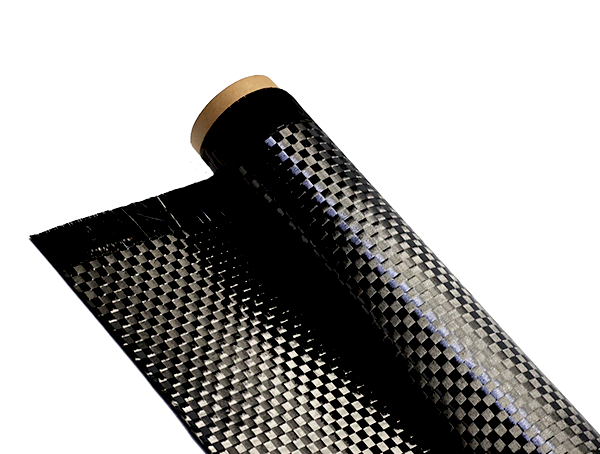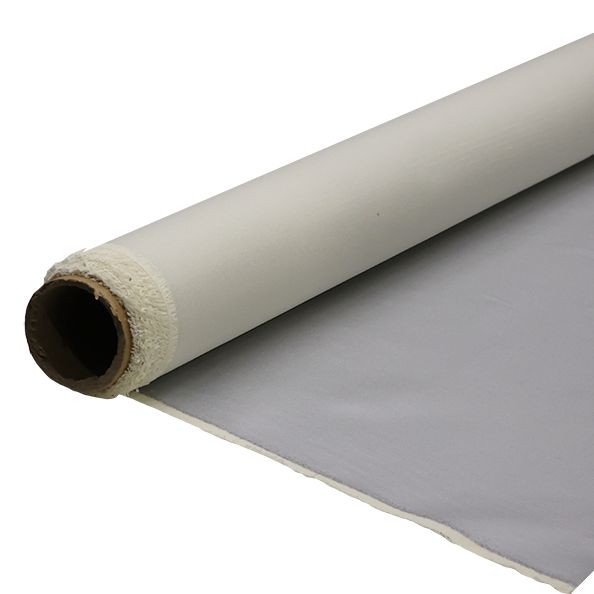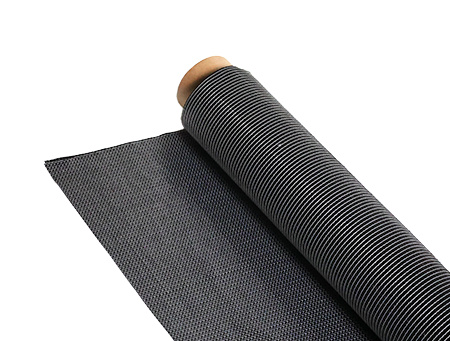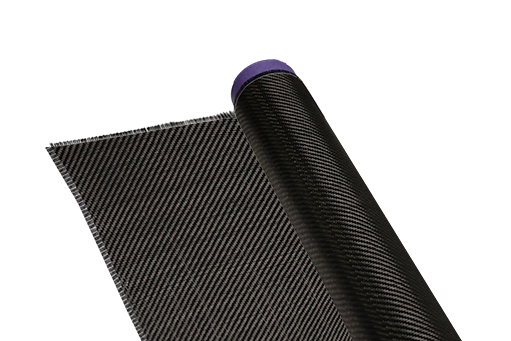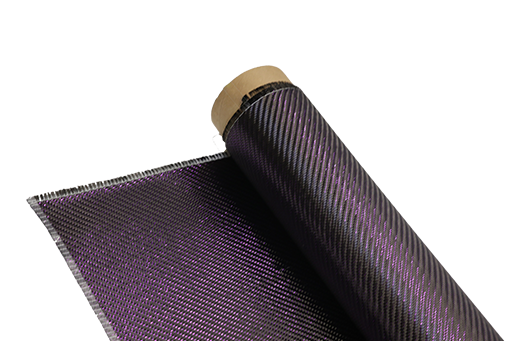Какие материалы можно использовать для военных шлемов
Military helmets are essential защитное снаряжение used by soldiers in combat situations. The helmets must be durable, lightweight, and able to provide effective head protection against ballistic threats and other hazards that soldiers may encounter in the field. In this section, we will explore the various materials that are commonly used in building military helmets.
From traditional materials like Kevlar and steel to advanced fibers and composites, each material has its own set of advantages and limitations. By considering various factors in helmet design, the military aims to provide the best possible head protection to its personnel.

Основные выводы:
- Military helmets are crucial защитное снаряжение for soldiers in combat situations.
- The helmets must be durable, lightweight, and able to provide effective head protection against ballistic threats and other hazards.
- Various materials are used in building military helmets, including traditional materials like Kevlar and steel and advanced fibers and composites.
- Helmet design must consider various factors, including material choice, ventilation systems, padding, and adjustability, to ensure optimal performance and comfort.
- The military aims to provide the best possible head protection to its personnel while also considering the limitations of the materials used.
Understanding the Importance of Military Helmets
When it comes to military operations, head protection is essential for soldiers to increase their chances of survival on the battlefield. Military helmets serve as защитное снаряжение that soldiers wear to guard against head injuries that could result from explosions, bullets, or shrapnel.
Helmets are designed to provide maximum head protection while minimizing any related risks to the wearer. In the event of an attack, a sturdy combat helmet can make the difference between life and death.
Therefore, it is important to understand the role of helmets as part of protective gear in the military. By providing head protection, helmets ensure that soldiers can operate with confidence and focus, knowing that they are well-protected.
The Specific Requirements of Combat and Tactical Helmets
Military helmets must be designed to meet the specific requirements of combat and tactical situations. These kinds of helmets should have the ability to withstand gunshot impact, protect against flying debris, and offer sufficient protection for the face, ears, and neck.
Combat helmets are often designed to be bulkier and heavier than traditional helmets to provide additional protection against accidents like falls or impacts. Conversely, tactical helmets are usually lightweight and designed for maximum comfort and mobility.
Regardless of the design, all military helmets must provide adequate ventilation to prevent heat buildup and reduce discomfort during extended use.
The Importance of Head Protection
Head protection is paramount, as brain injuries can have lifelong consequences, and many combat fatalities are attributed to head injuries. Injuries to the head can negatively impact a soldier's cognitive and physical abilities, including memory loss, difficulty speaking or walking, and other serious issues.
Additionally, head injuries can also have long-term psychological effects on soldiers, such as dizziness, headaches, or other chronic pain conditions.
Therefore, it is crucial to ensure that all military helmets provide optimal head protection to reduce the risk of long-term physical or psychological injury.
Traditional Materials for Military Helmets
Military helmets have been used for centuries to protect the head of soldiers in combat. Traditional materials like Kevlar and steel have been extensively used in the construction of military helmets, providing high levels of protection to soldiers.
Kevlar is a lightweight, synthetic fiber material that is five times stronger than steel. It is widely used in ballistic helmets, providing excellent resistance against bullets and other projectiles. Kevlar helmets are commonly used by the military, law enforcement, and special forces as they offer high protection and comfort to soldiers.
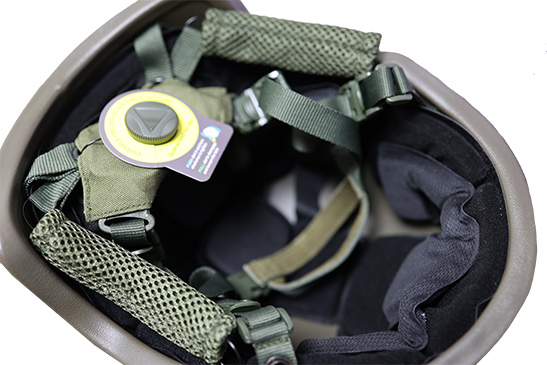
Steel helmets have also been used extensively in military helmets. Steel helmets provide excellent protection against shrapnel and other debris that can cause head injuries. However, steel helmets are heavy and can cause neck and back strain, limiting the mobility of soldiers.
Ballistic Helmets
Ballistic helmets are a type of military helmet that is designed to protect against shrapnel, bullets, and other projectiles. Ballistic helmets are made from Kevlar and other synthetic fibers, which offer outstanding protection against high-velocity impacts. Ballistic helmets are used by the military, law enforcement, and other security personnel.
Army Helmets
Army helmets are designed to meet the specific requirements of the army. Army helmets are usually made from Kevlar or other synthetic fibers that offer high protection against ballistic impacts. Army helmets are designed to be lightweight and comfortable, allowing soldiers to move freely during combat.
Защитное снаряжение
Military helmets are part of the protective gear used by soldiers in combat. Protective gear includes body armor, eye protection, and helmets among others, aimed at keeping the soldiers safe. Helmets are an essential part of this protective gear, protecting the head and brain from injuries that can be fatal.
Military Equipment
Military equipment includes all the tools and gear used by soldiers in combat. Military helmets are considered essential military equipment, providing high protection and comfort to soldiers. In addition to helmets, other essential military equipment includes firearms, communication systems, and vehicles among others.
Advanced Materials for Enhanced Helmet Performance
In order to provide better head protection for soldiers, advances in technology have led to the development of innovative materials that offer enhanced performance in military helmets.
One such material is the use of advanced fibers, such as Dyneema and Spectra, which are much stronger and lighter than traditional materials like Kevlar. These fibers offer better impact resistance and ballistic protection, while also providing increased comfort for soldiers who have to wear helmets for extended periods of time.
Another material that has gained popularity in recent years is ceramics, specifically boron carbide and alumina. These materials offer excellent hardness and toughness, making them ideal for use in ballistic helmets.
Composites have also been used in military helmets to provide a combination of strength and lightness. For example, high-strength fibers like Kevlar or Spectra can be combined with thermosetting resins or thermoplastics to create a composite material that is both lightweight and strong.
The use of these advanced materials has enabled manufacturers to design helmets that are not only more protective but also more comfortable to wear. Soldiers can wear helmets for extended periods of time without experiencing discomfort, which is essential in combat situations where every little detail counts.
Benefits of Advanced Materials
The benefits of using advanced materials in military helmets are numerous. Here are some of the key advantages:
- Lightweight construction: Advanced fibers and composites are much lighter than traditional materials, reducing the overall weight of the helmet.
- Better impact resistance: Advanced materials offer improved protection against ballistic and blunt force impacts.
- Improved comfort: Lighter weight and improved padding materials result in helmets that are more comfortable to wear for longer periods of time.
- Customizable design: Advanced materials can be molded into various shapes and sizes, allowing for more customizable helmet designs for a better fit.
"The use of advanced materials has significantly improved the protective capabilities of military helmets, while also providing greater comfort for soldiers in the field."
In conclusion, the use of advanced materials in military helmets has greatly improved the protective capabilities of these helmets. Soldiers can now benefit from better impact resistance, lighter weight, and more customizable designs for improved comfort and better fit.
Other Considerations in Military Helmet Design
While the materials used in military helmets are important, there are other factors that contribute to the overall design and functionality of the headgear. Proper head protection is not only about preventing injury but also ensuring soldiers can function effectively on the battlefield. In this section, we will explore some of the additional considerations that go into designing military helmets.
Helmet Shape
The shape of a helmet is an important consideration in determining its effectiveness. Military helmets are designed to cover the entire head, with some extending down to protect the neck. The shape and size of the helmet should also allow for peripheral vision and the use of other protective gear such as goggles.
Ventilation Systems
In warmer climates, helmets can become very hot and uncomfortable to wear. Proper ventilation systems allow for air to circulate within the helmet, keeping the head cool and reducing the risk of heat exhaustion. Additionally, adequate ventilation can also help prevent the build-up of condensation on the inside of the helmet, which can obstruct the wearer's vision.
Padding
Padding inside the helmet serves two purposes. Firstly, it provides additional impact absorption, which can reduce the risk of head injuries in the event of an impact. Secondly, it can improve comfort by reducing pressure points and preventing chafing.
Возможность регулировки
For a helmet to be effective, it must fit properly. The design of military helmets should allow for adjustments to be made to ensure a secure and comfortable fit for each individual wearer. This may include adjustable straps or pads that can be added or removed to achieve the ideal fit.
Общий, military helmet design is a complex process that requires consideration of multiple factors. By taking into account the specific needs of soldiers and the challenges they face, designers can create helmets that offer the best possible head protection while still allowing for optimal functionality.
Заключение
In conclusion, military helmets are an essential piece of protective gear for soldiers in combat situations. The materials used in their construction have evolved over time to meet the specific needs of the military, providing high levels of protection and comfort.
Considerations Beyond Materials
While the choice of materials is critical, other factors also play a role in ensuring optimal helmet performance. Helmet shape and design, ventilation systems, padding, and adjustability all contribute to the overall functionality of military helmets. By considering these additional factors, the military can provide the best possible head protection to its personnel.
Advances in Technology
Recent advances in technology have led to the development of innovative materials with enhanced performance in helmets. These materials offer improved comfort, better impact resistance, and lightweight construction, all crucial factors for soldiers in the field.
Overall, the complexity of military helmet design requires careful consideration of various factors to ensure maximum protection and comfort for soldiers. By combining traditional and advanced materials with thoughtful design, the military aims to provide the best possible head protection to its personnel in challenging combat situations.

